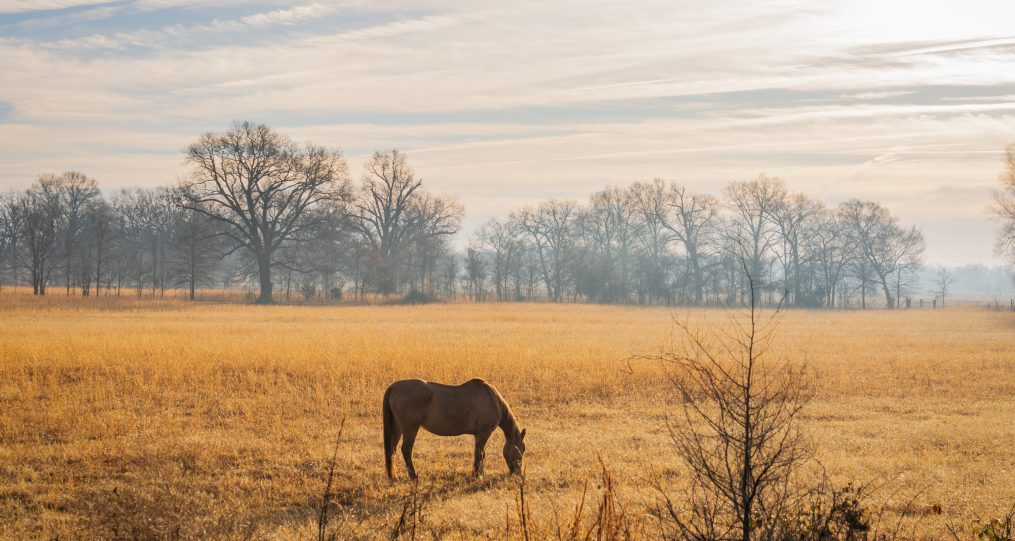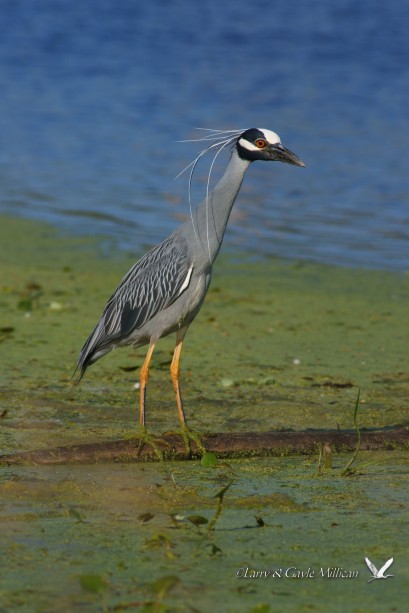Building the Nest
Great Egrets, High Island Sanctuaries
April 2007
For many years, we traveled to the Upper Gulf Coast of Texas in the spring. We would visit Brazos Bend State Park, Galveston Island, Anahuac National Wildlife Refuge, Bolivar Island, and High Island. Spring is breeding season for birds, alligators, and many other creatures. In 2007, we timed our visit quite well, and were able to photograph several animal species in prime breeding plumage and nest building, including alligators’
mating displays.
East of Galveston is the small community called High Island. It is not an island, but sits on a “salt dome”, 38 feet above sea level. (This is the highest point above sea level on the Gulf Coast from Mobile, Alabama, to the Yucatan.) The Houston Audubon Society operates a bird sanctuary within the community, and is a popular destination for birders and birdwatchers from all over the world.
Within the Smith Oaks Sanctuary, is Claybottom Pond – home to a bird rookery. Species nesting there include Cormorants, Night Herons, Tri-colored herons, Roseate spoonbills, and more. The rookery is on a small island at a perfect distance for photographing and watching the birds. If you want to know more about the rookery, and all of the High Island Sanctuary, here is a link to Houston Audubon’s site.
Today’s photograph was made late in the afternoon, with the sun behind us. This pair was early in the nest building stage, as most of the other birds were well into the season, with eggs laid already. The male came flying in with nesting material (tree branches and sticks) to add to the structure, and as he landed and gave the stick to his mate, his wing spread in a gesture that appeared to be protective, supportive, warm, and nurturing.
I was using a Sony Alpha 100 DSLR Camera, with a Tamron 300mm f/2.8 lens and a matching 2x teleconverter, making the lens 600 mm. Shutter speed was 1/800, ISO 200, and aperture of f/8. Today, I would not hesitate to shoot at an ISO of 800, maybe higher, resulting in a much faster shutter speed. The photo would be sharper… but, the point of the image, its mood, and the story, still is clear, and speaks of companionship, teamwork, family, and love.
This photo, #5 in this series, is about capturing a moment, and sharing a story, regardless of technical perfection. The original image suffers from camera movement blur. Today, we can edit the photo in Photoshop, and apply shake reduction sharpening, and at the least, improve the sharpness of the image. And, that was done with this photo. But, was it necessary? Does it now tell a better story? I believe photography is about capturing a moment, about telling a story, and sharing that moment and the story. If the story is clear, and if you see the moment, and if you feel the passion of the photographer, does that not make it a good photograph? Would like to hear your opinion!
“Capturing a beautiful moment in a photo is something I’m very passionate about.” ~Nigel Barker
Until next time … wishing you good light!










